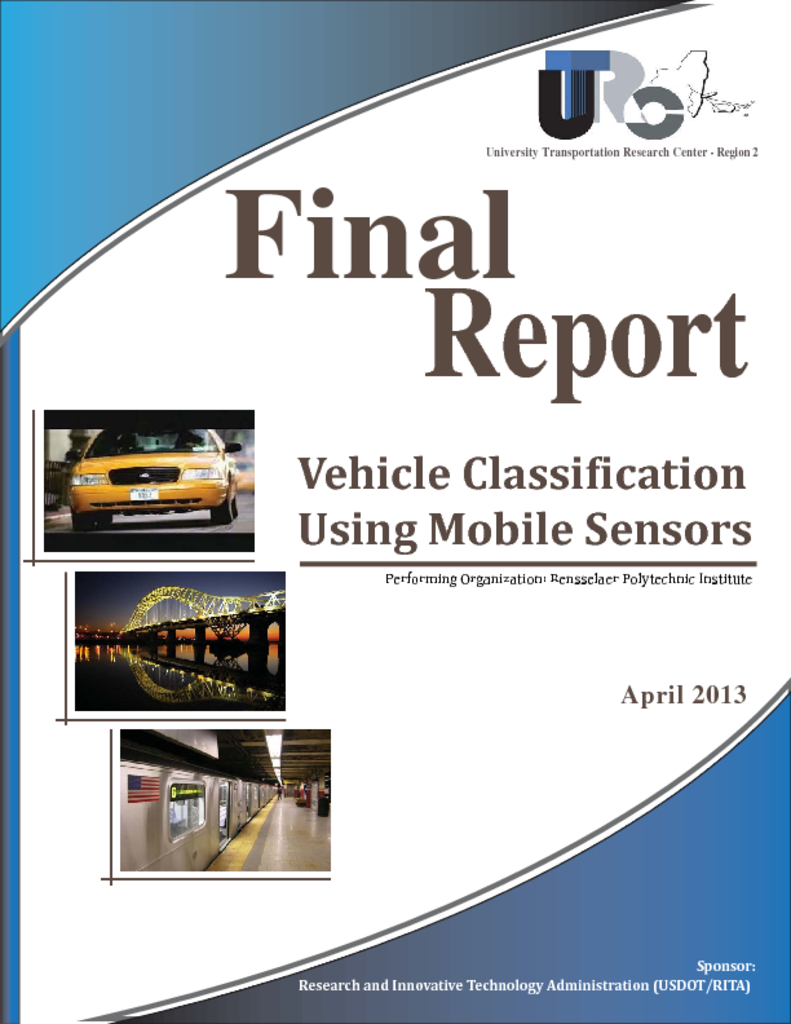In this research, the feasibility of using mobile traffic sensors for binary vehicle classification on arterial roads is investigated. Features (e.g. speed related, acceleration/deceleration related, etc.) are extracted from vehicle traces (passenger cars, trucks) collected from real world arterial roads. Machine learning techniques such as support vector machines (SVM) are developed to distinguish passenger cars from trucks using these features. To address privacy concerns, classification is conducted using long vehicle traces and short vehicle traces separately. For classification using long traces, the proportions of accelerations and decelerations larger than 1mpss and the standard deviations of accelerations and decelerations are the most effective features. By classifying general trucks from passenger cars, the average misclassification rate for the best 4- feature SVM model is about 1.6% for the training data, and 4.2% for the testing data. For classification using short traces, it is necessary to define multiple types of traces and analyze them case-by-case. It was found that particularly for the turning movement traces, features such as average speed, standard deviation of speed, maximum acceleration/deceleration and standard deviation of acceleration/deceleration are fairly effective to classify vehicles. The misclassification rate for the best SVM classifier using short traces is about 14.8% for the stop-and-go traffic, and 15.6% for the non-stopped traffic.




